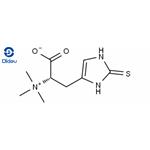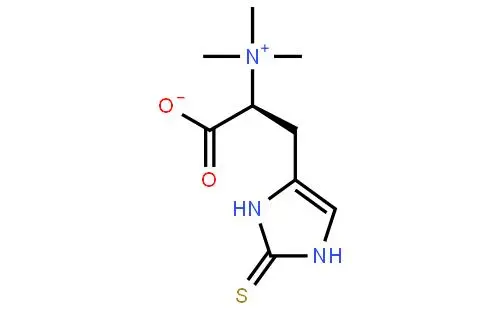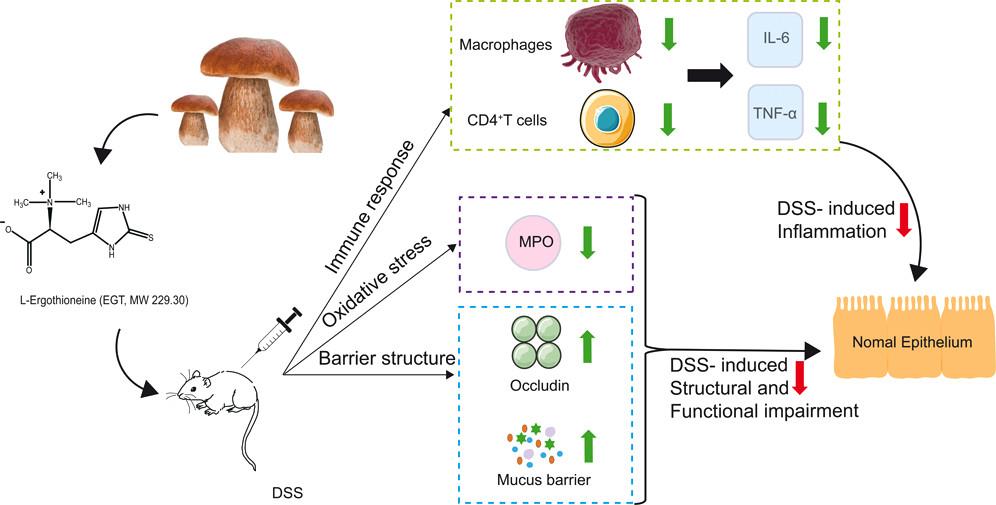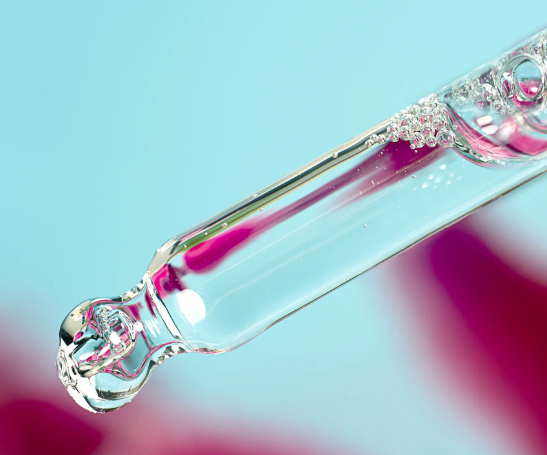What are the benefits of L-(+)-Ergothioneine
Introduction
L-(+)-Ergothioneine is a type of thio-histidine betaine amino acid, which describes a unique building block of proteins featuring sulfur (that's the "thio" part) attached to a histidine molecule. This distinctive combination gives these compounds unique properties, including potent antioxidant activities. It's like a supercharged antioxidant, defending your cells against harmful, DNA-destroying free radicals.

It was first discovered in 1909, isolated from the ergot fungus, hence its name. Fungi and certain bacteria called actinobacteria produce it, but plants and animals, including us, don't make it. Instead, plants and animals must get ergothioneine from the environment or diet — Animals absorb it from food, and plants take it from the soil. What makes ergothioneine such an intriguing compound is that the body has a special way of soaking it up and using it exactly where it's needed most, like in the liver, eyes, and skin.
Benefits
Chemically, L-(+)-Ergothioneine corresponds to the betaine of 2-thio-L-histidine. In an aqueous solution, the tautomeric-2-thio-imidazole exists predominantly in the thione form. The compound is known to be formed via hercynine from histidine, methionine, and cysteine in microorganisms. Ergothioneine inhibits the peroxynitrite-dependent nitration of nitrotyrosine and oxidative DNA repair and cell death. Ergothioneine also inhibits the formation of xanthine and hypoxanthine (a precursor of xanthine), which are shown to be activated in patients with COPD. The role of ergothioneine on S-nitroso glutathione catabolism and the generation of vasodilatory NO has been shown.
Mechanism of action
L-(+)-Ergothioneine is a sulphur-containing compound that resembles glutathione, one of our bodies' most potent antioxidants. This powerful antioxidant has the capability of mopping up free radicals and damaging molecules that impact our DNA and other cell structures. Inflammation makes our cells age faster and our bodies more prone to age-related concerns. Free radicals cause damage, leading to inflammation, which is one of the major causes of ageing in our bodies. Hence, this amino acid not only mops up damaging free radicals but also works to ensure inflammation is kept at bay. Another reason for the ageing process is the shortening of telomeres. Telomeres are basically like caps that protect our chromosomes. As long as they remain intact, our genetic material in chromosomes remains intact, too. A study published in 2020 showed that ergothioneine significantly reduced telomere shortening, which would explain why it may help healthy ageing.
Side effects
Research indicates that L-Ergothioneine is well-tolerated in humans, with few reported side effects. However, as with any supplement, individual variations in how people respond to EGT may vary. Here are some potential side effects to be aware of:
Gastrointestinal Discomfort: Some individuals may experience digestive issues such as nausea, diarrhea, or stomach cramps when taking EGT supplements.
Allergic Reactions: Although rare, allergic reactions can occur with any new supplement. Symptoms may include rash, itching, or difficulty breathing.
Interaction with Medications: EGT may interact with certain medications, altering their effectiveness. It is crucial to consult with a healthcare provider before starting any new supplement.
It's important to note that most studies have not reported significant adverse effects associated with L-Ergothioneine use. However, the research is ongoing, and long-term side effects are still being evaluated.
You may like
Related articles And Qustion
See also
Lastest Price from L-(+)-Ergothioneine manufacturers

US $0.00-0.00/KG2025-11-27
- CAS:
- 497-30-3
- Min. Order:
- 1KG
- Purity:
- 98
- Supply Ability:
- 10000KGS

US $0.00-0.00/KG2025-09-29
- CAS:
- 497-30-3
- Min. Order:
- 1KG
- Purity:
- ≥99.99%(HPLC)
- Supply Ability:
- 10000KGS





